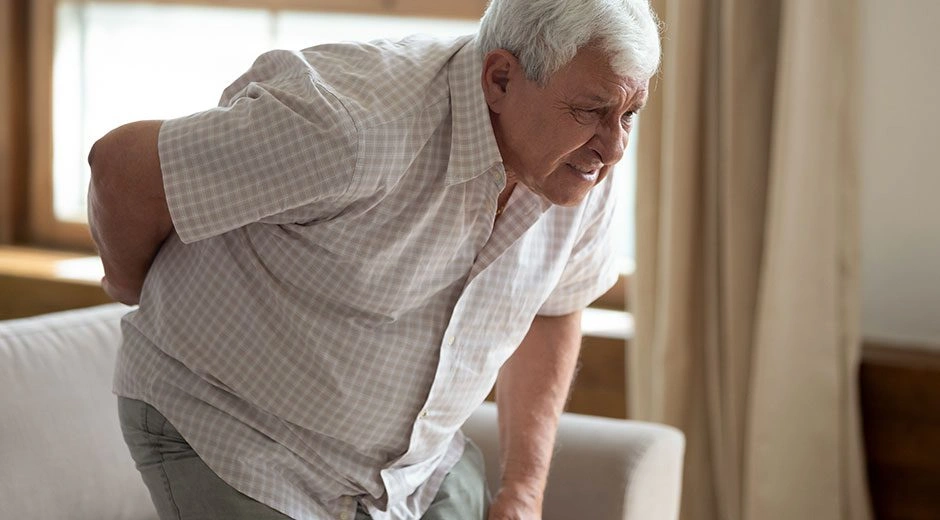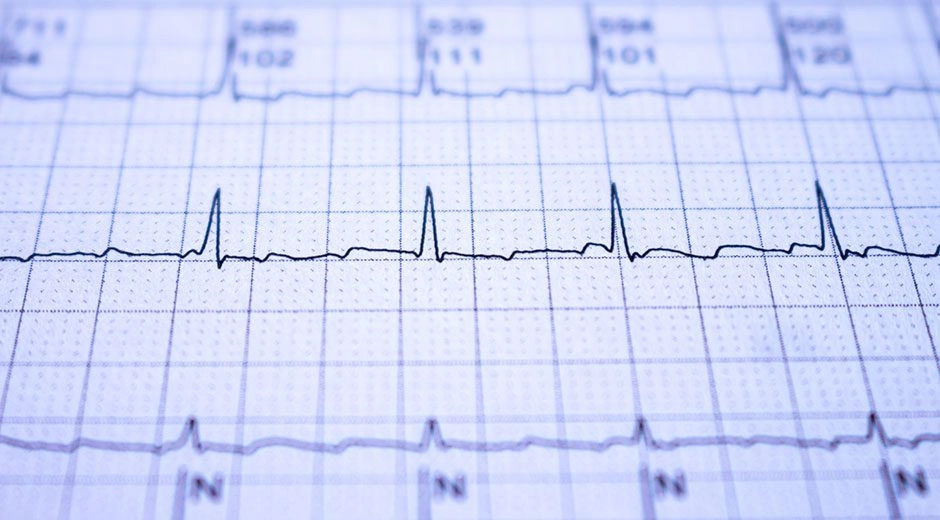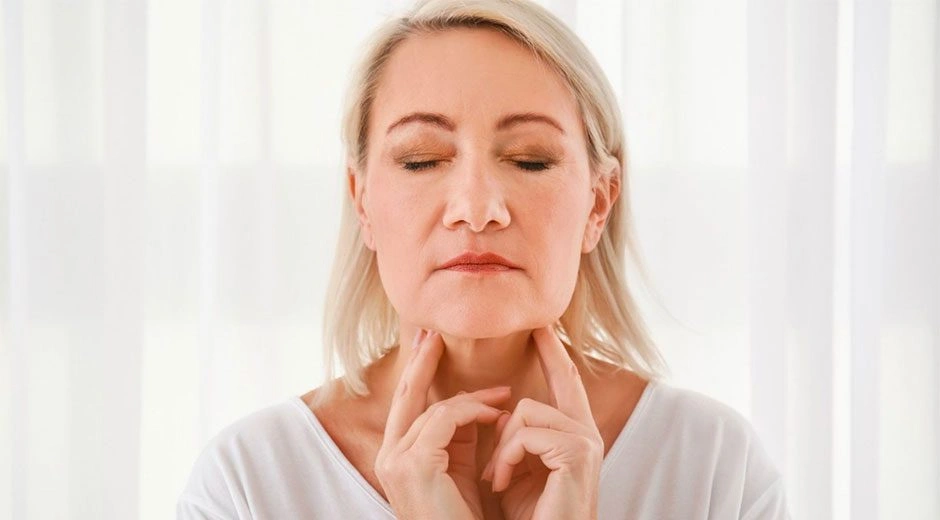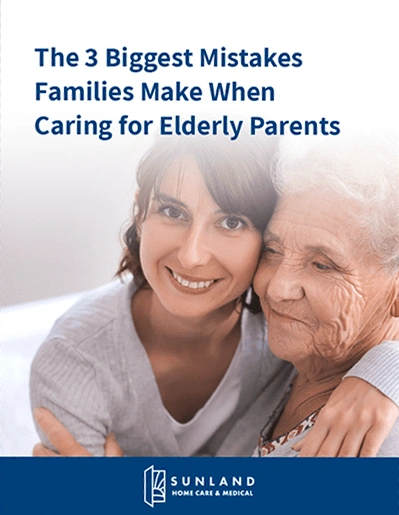Darren is an 82-year-old gentleman who lives with his 90-year-old sister, Marie. Marie requires a wheelchair to get around. Darren has a severe form of osteoporosis that has resulted in back pain and a stooped posture known as kyphosis. For the past 20 years, Darren and Marie have shared a home. Even though either would find it hard to live alone, together, they have managed.
Darren and Marie are finding it increasingly difficult to manage at home. Darren takes several medications for his osteoporosis and atrial fibrillation, a condition that increases his risk for strokes. In addition, every six months or so, he suffers a bone fracture that necessitates hospitalization for surgery and physical therapy. Darren and Marie want to continue living in their home but need help to do so.
WHAT IS OSTEOPOROSIS?
Bone is a living tissue that is constantly breaking down and rebuilding itself. It reaches its peak density around the age of 40. After age 40, bone density gradually decreases in men. In women, there is a more rapid decrease in bone density right after menopause.
Osteoporosis symptoms do not appear until the bones have thinned to the point where minor injuries, or sometimes no injury at all, result in fractures. These fractures frequently go unnoticed.
The most common bones to sustain fractures are the spine, wrists, ribs, upper arm, pelvis, and hips. Nearly all hip and spine fractures can be attributed to osteoporosis.
WHAT PUTS YOU AT HIGHER RISK FOR OSTEOPOROSIS?
Many factors can increase your risk for osteoporosis. Some of these factors are modifiable, you can affect the outcome, and some are not.





